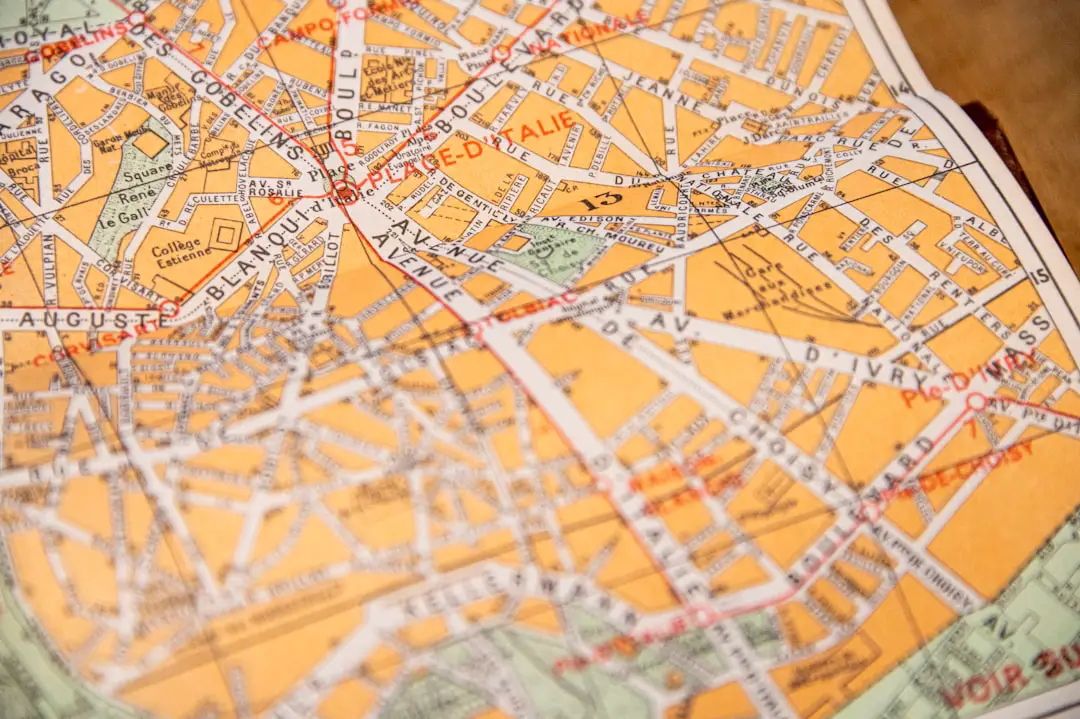Imagine loading a map in your browser with over a million dots on it — each representing a data point. It loads instantly. You can zoom, pan, and filter without lag. Sounds magical, right? Thanks to WebGPU, it’s now becoming reality!
In this article, we’ll explore how WebGPU is changing the way we handle large-scale data visualization right inside the browser. We’ll keep things light, fun, and easy. So buckle up, data explorers!
What is WebGPU?
WebGPU is a next-generation graphics API for the web. It’s like WebGL’s cooler, faster sibling. Built for modern hardware, it lets you power through complex graphics and computations using the GPU — the same chip that makes games stunningly beautiful.
But here’s the cool part: WebGPU isn’t just for games. It’s amazing for data visualization too. Especially when you have a lot of data to display.
Why Browser-Based Visualization Matters
Today’s data is massive. You’ve probably heard terms like “big data” and “real-time dashboards.” But showing this much data to users is tough. Especially if you’re working inside a browser window. Here’s why in-browser visualization is a game-changer:
- No need to install software
- Fast sharing and collaboration
- Scales to millions of users
But here’s the catch. The browser isn’t known for being a rendering powerhouse. Until now.
Enter WebGPU: A Power Boost
WebGPU lets you unlock the full power of the graphics card — right from your web app. That means you can render millions of points at once. Smoothly. In real-time. No more loading bars.
Let’s look at some benefits WebGPU brings to data visualization:
- Speed: GPU-accelerated rendering is lightning fast
- Efficiency: Less CPU load, better performance on low-end machines
- Precision: Complex visuals and transitions run smoothly
- Flexibility: Use shaders to customize visuals like heatmaps or particles
It’s like giving your charts a turbo engine.
Rendering Millions of Points
Let’s get specific. Suppose you have a dataset of 2 million items. Each item has an (x, y) coordinate — maybe it’s a GPS point on a map.
How do you show that many points on screen without turning your laptop into a space heater?
With WebGPU, here’s the basic idea:
- Load your dataset efficiently into GPU memory (buffers)
- Write a shader that runs for every point
- Render them all in one pass — no nested loops, no lag
It’s like casting millions of fireflies using a magic brush.

WebGPU vs WebGL vs Canvas
Still using WebGL or 2D Canvas for visualization? Let’s compare:
| Feature | Canvas | WebGL | WebGPU |
|---|---|---|---|
| Max Points | ~10,000 | ~100,000 | Millions+ |
| Complex Effects | No | Limited | Yes |
| Ease of Use | Easy | Medium | Advanced |
| Performance | Low | Good | Excellent |
The takeaway? WebGPU brings the power of native apps to your browser.
A Real Example: GPS Heatmap
Let’s say you’re building a heatmap of taxi rides in New York. You pull 5 million GPS logs. With WebGL or Canvas, you might drop data or resort to clever hacks. But with WebGPU, you can load all of it. Instantly.
You can use shaders to:
- Fade older points
- Show density using color
- Add cool effects like blur or sparkles
This means more insight. And a much nicer user experience.
How Complicated Is WebGPU?
Let’s be honest — it’s more complex than drawing rectangles on Canvas. WebGPU is a low-level API. You need to manage buffers, shaders, pipelines, and more.
But don’t let that scare you. Libraries like:
…make things easier. As the ecosystem grows, it’ll get simpler to use over time.
Who’s Using WebGPU Today?
WebGPU is still new, but it’s gaining traction fast. Some early adopters include:
- Scientific dashboards
- Geospatial intelligence tools
- Stock market visualizations
- Climate data simulations
These users need precision, speed, and custom visuals. WebGPU gives them exactly that.
Fun Idea: Try It Yourself
Want to experiment? Try creating a “million stars” visualization. Each star is a point on your screen. Animate them with sine waves. Zoom in and out. Change colors based on phase.
Here’s what you’ll learn:
- Loading data into GPU memory
- Writing a basic vertex/fragment shader
- Using mouse input to zoom and pan
It’s mostly math — but fun math!
Performance Tips
Once you get hands-on with WebGPU, keep these tips in mind:
- Batch your draws: Fewer draw calls = faster rendering
- Use indexed geometry: Reuse vertices to save memory
- Simplify your shaders: Start small, optimize later
- Avoid dynamic allocations: Preallocate buffers when possible
Every frame counts.
The Future of Data Viz is Here
We’re reaching a point where in-browser visualizations can match native performance. That means faster insights, prettier charts, and richer interfaces — all without leaving your web tab.
With WebGPU, you can think bigger. Don’t limit your data to 10,000 rows. Think millions. Or even billions. And present them beautifully — in real time.
Final Thoughts
WebGPU is powerful. It’s still growing. But it already opens up incredible possibilities for data viz. Whether you’re mapping molecules, visualizing market data, or showing satellite paths — WebGPU helps you do it faster, smoother, and better.
So dive in. Experiment. Dream up visualizations that were once impossible. The browser is no longer the limit — it’s your launchpad.
